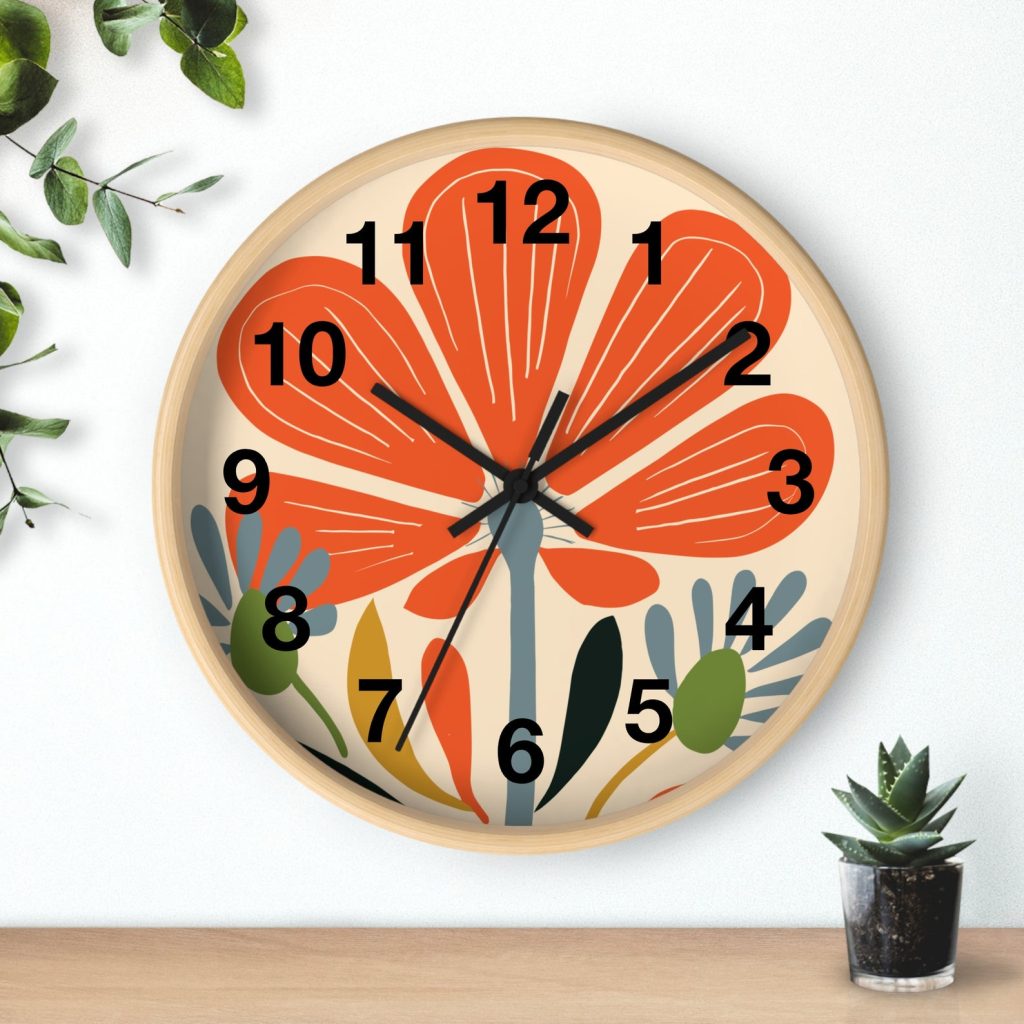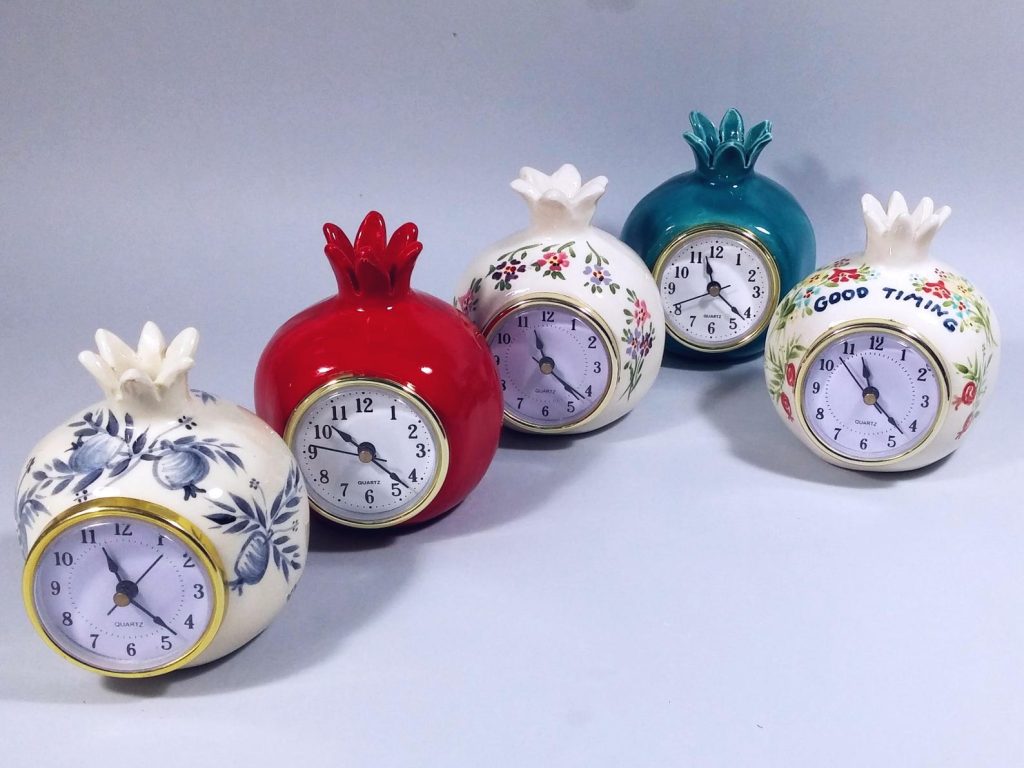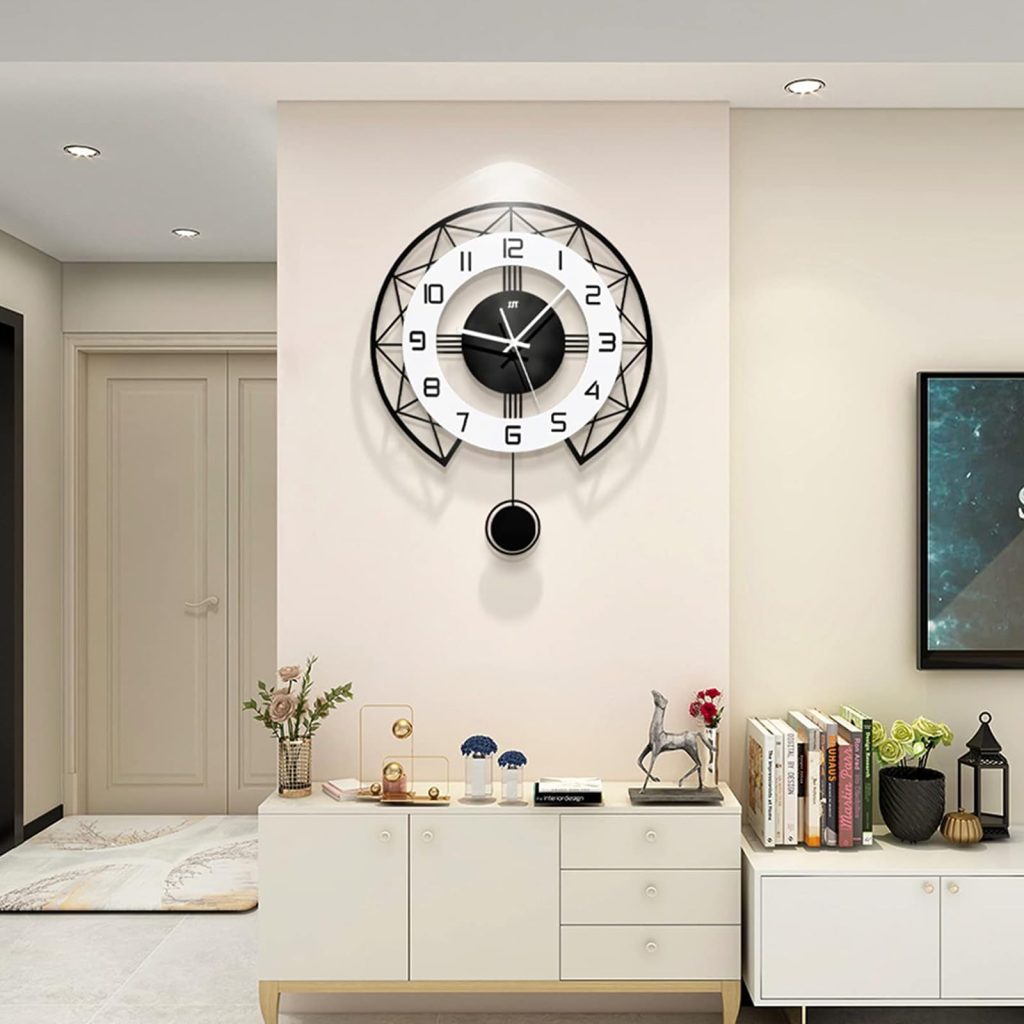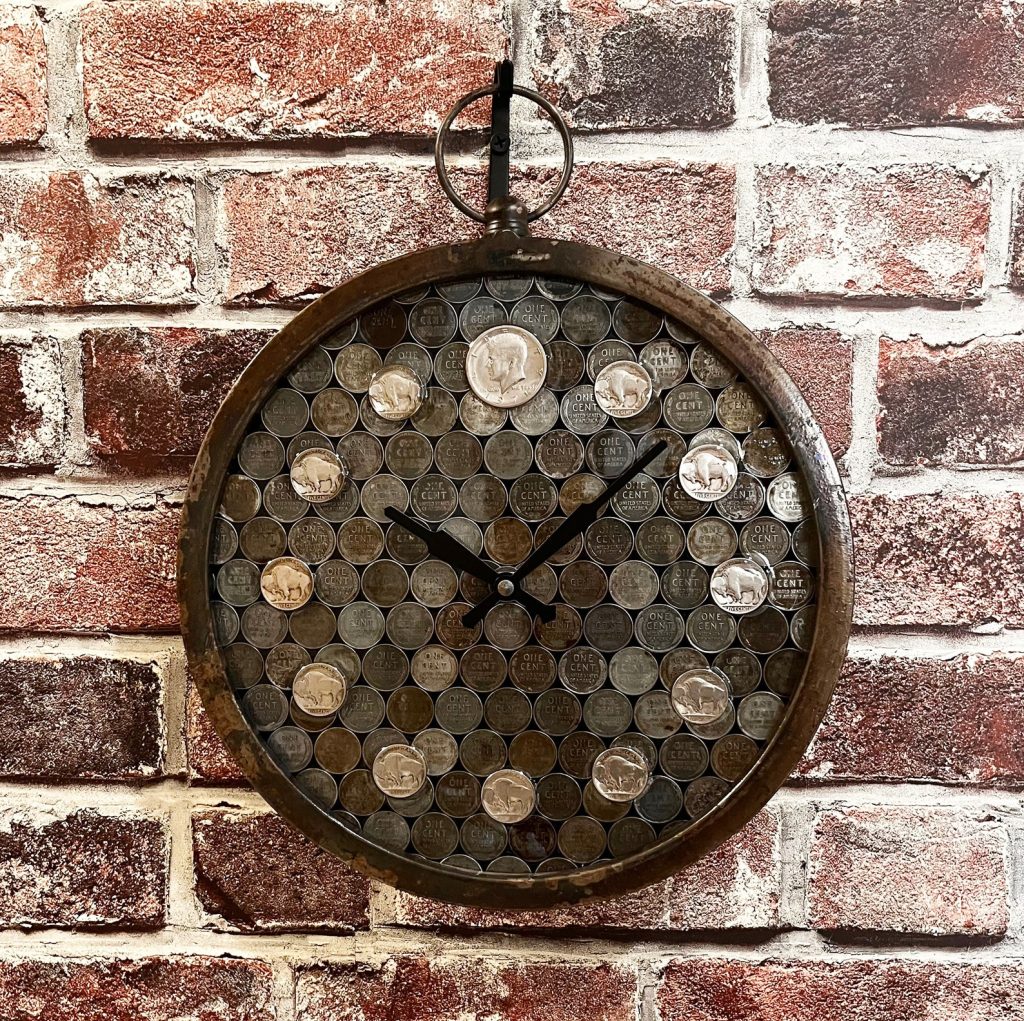Tips
Mixing Vintage and Modern: Clocks That Blend Old and New Styles
In the ever-evolving world of interior design, finding a balance between contemporary and classic can transform your home into a space that feels both timeless and fresh. One element that beautifully bridges this gap is the clock. Clocks, often seen as functional necessities, can also serve as powerful design statements. By blending vintage charm with modern aesthetics, you can create a focal point in your room that adds character and sophistication. In this blog post, we’ll explore how to mix vintage and modern styles through clocks, offering tips on choosing the perfect timepiece and integrating it seamlessly into your home decor.

1. Understanding the Appeal of Vintage and Modern Clocks
Vintage and modern styles each bring their own unique charm to interior design. Vintage clocks evoke a sense of nostalgia, with their intricate designs, classic materials, and historical significance. These clocks often feature ornate details such as Roman numerals, brass finishes, and antique woodwork. They can transport us to a bygone era, adding a touch of elegance and history to a room.
On the other hand, modern clocks are characterized by sleek lines, minimalistic designs, and innovative materials. They often embrace functionality and simplicity, reflecting the contemporary emphasis on clean aesthetics and practicality. Modern clocks can range from digital displays to abstract sculptures, offering a fresh, streamlined look that complements today’s design trends.
2. The Art of Blending Styles
Mixing vintage and modern elements is all about achieving harmony between old and new. Here are some tips on how to successfully blend these styles with clocks:
A. Choose a Common Thread
Find a design element that ties both vintage and modern styles together. This could be a specific color palette, material, or shape. For example, a modern clock with a brass finish can complement vintage decor while maintaining a contemporary feel. Similarly, a vintage clock with a clean, minimalist face can fit seamlessly into a modern setting.
B. Contrast with Purpose
Contrast is key to creating visual interest, but it should be purposeful. Pair a sleek, modern clock with a vintage-inspired decor piece, like an antique mirror or classic wall sconce. Conversely, place a vintage clock in a modern setting with neutral tones and contemporary furniture to create a striking juxtaposition. This contrast highlights each style and creates a cohesive look.
C. Use Clocks as Statement Pieces
A clock can serve as a statement piece that anchors the design of a room. For example, a large vintage clock with ornate detailing can be a focal point in a modern living room. Alternatively, a minimalist, contemporary clock can stand out against a backdrop of traditional furnishings. The key is to let the clock shine as a centerpiece while balancing other design elements.
3. Types of Vintage and Modern Clocks
Understanding the various types of clocks available can help you make an informed decision when blending styles. Here’s a breakdown of popular vintage and modern clock types:

A. Vintage Clocks
- Grandfather Clocks: These tall, freestanding clocks are iconic symbols of traditional craftsmanship. Their intricate woodwork and pendulum mechanism add a classic touch to any room.
- Mantel Clocks: Smaller than grandfather clocks, mantel clocks often feature ornate details and can be placed on shelves or mantels. They add a refined, antique touch to home decor.
- Wall Clocks: Vintage wall clocks may include styles such as cuckoo clocks or those with detailed Roman numerals and elaborate carvings. They bring a historical flair to a wall.
B. Modern Clocks
- Digital Clocks: These clocks offer clear, easy-to-read displays and often feature minimalist designs. They are ideal for contemporary spaces where functionality is paramount.
- Abstract Clocks: Modern abstract clocks might use unconventional materials and designs to make a bold statement. They can double as artwork while keeping time.
- Sleek Wall Clocks: Simple, modern wall clocks with clean lines and geometric shapes can complement a variety of interior styles. They are versatile and fit well in both minimalistic and eclectic settings.
4. Incorporating Vintage and Modern Clocks into Your Decor
To effectively blend vintage and modern clocks in your home, consider the following placement and styling tips:

A. Living Rooms
In a modern living room, place a vintage clock on a sleek console table or shelf to create a stylish contrast. A grandfather clock can be a dramatic focal point if positioned against a neutral wall. For a more subtle approach, integrate a vintage mantel clock on a modern fireplace mantel.
B. Dining Rooms
Pair a contemporary dining table with a vintage wall clock to create an interesting mix. Choose a clock that complements the color scheme of your dining room, such as a vintage clock with a brass finish against a modern, monochromatic backdrop.
C. Bedrooms
In a bedroom, a modern clock with a minimalist design can work well on a bedside table alongside vintage-inspired decor elements, like an antique lamp or a classic headboard. Alternatively, a vintage clock with an elegant frame can serve as a stylish bedside accessory.
D. Offices
For a home office, a modern clock with clean lines can enhance a professional atmosphere. Complement it with a vintage desk accessory or framed art for a balanced look. If your office has a classic aesthetic, a vintage wall clock with traditional features can add character and elegance.
5. Tips for Choosing the Right Clock
When selecting a clock that blends vintage and modern styles, keep the following factors in mind:
A. Consider Scale and Proportion
Ensure that the size of the clock fits well with the scale of the room and its furnishings. A large vintage clock may overpower a small room, while a tiny modern clock may get lost in a spacious area. Balance the size of the clock with the dimensions of the space.
B. Match Materials and Finishes

Choose a clock that harmonizes with the materials and finishes in your decor. For example, a modern clock with a metal frame can complement vintage furniture with similar metallic accents. Conversely, a vintage clock with wooden elements can blend well with contemporary wood finishes.
C. Reflect Personal Style
Ultimately, the clock you choose should reflect your personal style and preferences. Whether you prefer a sleek, modern design or a classic vintage piece, select a clock that resonates with your taste and enhances the overall aesthetic of your home.
6. Maintaining and Caring for Your Clocks
Proper maintenance is essential to keep your clocks looking and functioning their best. Here are some tips:
A. Regular Cleaning
Dust your clocks regularly to prevent build-up. Use a soft, dry cloth for cleaning the clock face and a slightly damp cloth for wooden or metal frames. Avoid harsh chemicals that can damage the finish.
B. Check Mechanisms
For functional clocks, such as grandfather or mantel clocks, ensure the mechanisms are regularly serviced to keep them accurate and running smoothly. Consult a professional if you notice any issues with the timekeeping.
C. Store Carefully
If you need to store a clock, keep it in a dry, dust-free environment. Protect it from direct sunlight and extreme temperatures to avoid damage.
Conclusion
Mixing vintage and modern styles through clocks is a creative way to infuse your home with both historical charm and contemporary flair. By understanding the appeal of each style and using thoughtful design techniques, you can create a harmonious blend that enhances your space. Whether you choose a grandiose vintage clock or a sleek modern timepiece, the right clock can serve as a beautiful focal point and a testament to your unique taste. Embrace the art of blending old and new, and let your clocks tell a timeless story in your home.
